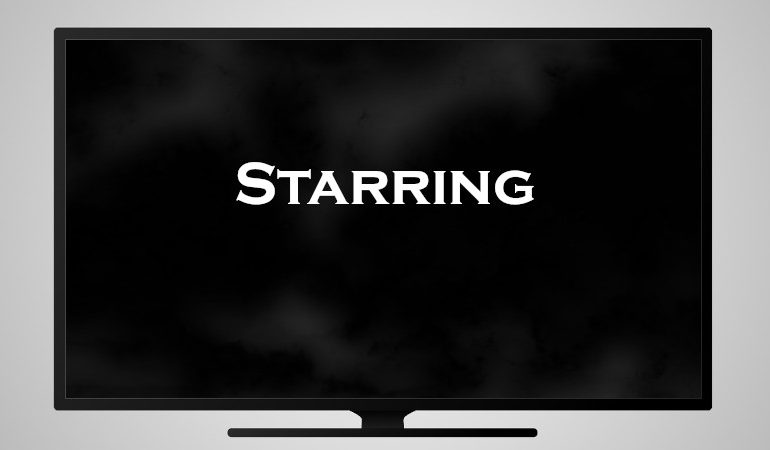Why Are Black Screens Cloudy on my LCD TV?
You’ve picked up a new LCD TV at a great price. An insane price, really. Compared to how much you spent on your 50″ display you bought 10 years ago, this was ridiculously cheap. And big! It’s freaking huge! You couldn’t be more pleased. But then you hook it up and start up a movie or show and immediately notice something is amiss. The black screen isn’t really black. It is sort of…cloudy? What’s going on here? Is it broken? Did you get a lemon? Or is it something else? We’re here to help you understand why some LCD TVs have cloudy black screens.
Type of Backlighting
There are many different types of lights that are used to illuminate your screen, but only two possible locations. Either the lights are placed behind the screen, or along one or more edges. They are known as “back-lit” vs “edge-lit” LCD TVs. Edge-lit LCD TVs can generally be made much thinner than back-lit TVs. This is because of the space savings of not having to place the lamps directly behind the screen. The problems with edge-lit should be fairly obvious. If the light is on one or more edges, it tends to be brightest near the edges and dimmest in the center. This causes uniformity issues.
Before you do anything else, you need to find out what type of backlight you have in your LCD TV. Just search for the model number and edge-lit. If it doesn’t come up, try back-lit. Or FALD (we’ll get to that in a second). Armed with this knowledge, read on!
Why are the Black Screens on My LCD TV Cloudy?
That non-uniformity with edge-lit displays we mentioned previously? That is usually the cause of the cloudy black screens on your LCD TV. The panel is trying to block out all the light it can while still illuminating the words (or stars or whatever) that are on the screen. And it is failing. That failing looks like a cloudy black screen when it should be solid black.
But edge-lit displays aren’t the only possible culprit. If you have a back-lit LCD TV, you can still find yourself with cloudy black screens. This is commonly found on very inexpensive sets with no (or limited) FALD. FALD stands for Full-Array Local Dimming. As we’ve explained before, FALD is a method that allows areas behind the screen to have the lights completely turned off. This is not as good as an OLED TV, but it is much better and provides much better black levels.

Without FALD, you run into the same (or similar) problems as the edge-lit TVs. The LCD panel is trying to block out all the light it can but it is failing. This makes your LCD TV black screens look cloudy. You wondered why that massive TV was so cheap? This is why.
Solutions
Obviously, the only real solution is to buy a TV that doesn’t have this problem. But those displays may be too costly or you may not want to for various reasons. The first and best thing you can do is to double-check your TV’s settings. Many websites and forums have people posting the settings they use for their TVs. Some of these settings will help minimize the problem. Try out different settings and see if you notice an improvement.
In general, you’ll want to make sure your LCD TV is set in some sort of “cinema” or “theater” mode. If you’ve left your LCD TV in the default picture mode, we’d expect cloudy black screens even with a high-quality display. The backlight level is definitely something you want to double-check. Many times this level will be set too high by default. Lowering it can help a lot.
Lastly, many TVs change their display modes automatically in response to certain inputs. If you have a newer display, it may automatically switch into “game” mode when it detects a video signal from a newer gaming console. These gaming mode settings can often only be adjusted after the TV has automatically switched.
Have you had an LCD TV with cloudy black screens? What did you do to fix it? Let us know in the comments!


